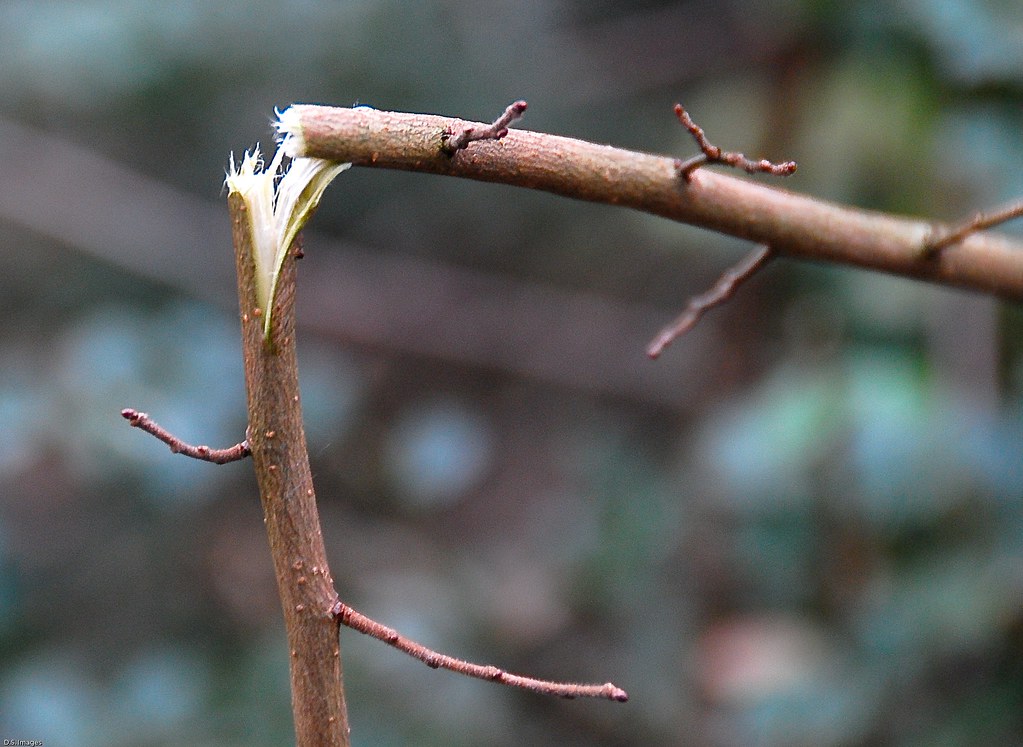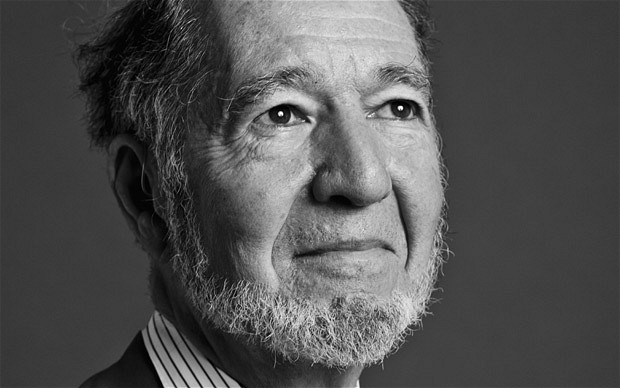 Darwinism's application domain expanded
Darwinism's application domain expanded in the 20th century from its traditional
area - of the evolution of DNA-based organisms. Despite vociferous objections from some anthropologists and philosophers, it is now widely recognized to cover a wide variety of cultural phenomena - including science, technology, language and religion.
Paralleling the rise of Darwinian cultural evolution, Darwinism was also applied
to the development of organisms. First, evolution within the immune system was
observed - and then various evolutionary models of other developmental stages
were found to be useful. Multi-cellular organisms can be usefully regarded as
populations of cells which themselves evolve over the lifetime of the organism
they are part of. Darwinian
models of psychological evolution were also developed.
Skinner's model of learning, for example, was explicitly Darwinian.
Gerald Edelman was involved in both the immune and neural breakthroughs.
These expansions of the application domain of Darwinian evolution led to a
back-to-basics study of Darwinism and its limits. These studies suggest that
Darwinism has applications well beyond biology.
Physics has long laid claim to observation selection effects - though the
main students of selection are those studying evolutionary biology. However,
it was additionally found that
many simple physical systems can be modeled
using traditional Darwinian models - based on copying with variation and
selection. It turns out that the tree-shaped patterns found in electrical
discharges, propagating cracks, and fractal drainage systems are all composed
of family trees - representing patterns of descent which are subject to
variation and selection. This can be seen in
slow motion images of these
phenomena.
 One of the key concepts in understanding these systems is
positional inheritance -
or, more generally, spatio-temporal inheritance. When entities split, the offspring
often inherit a variety of properties from their parents. One set of properties
that are regularly inherited with high fidelity are spatio-temporal coordinates.
Other properties are also regularly inherited. Velocity, charge, temperature
and chemical composition are other examples.
One of the key concepts in understanding these systems is
positional inheritance -
or, more generally, spatio-temporal inheritance. When entities split, the offspring
often inherit a variety of properties from their parents. One set of properties
that are regularly inherited with high fidelity are spatio-temporal coordinates.
Other properties are also regularly inherited. Velocity, charge, temperature
and chemical composition are other examples.
In practice, many variables correlate with position. A splitting pebble inherits its
parent's position, but it also inherits its acidity level, humidity, temperature, and
many other parameters from its parent's ecosystem. This is due to
the smoothness of nature.
Nature's smoothness helps to ensure that fitnesses are inherited - which is one of the requirements for adaptive evolution.
The upshot of all this is that we can use Darwinian models to study simple
physical systems, and the concepts of adaptive fit and fitness are applicable.
The resulting field of study is known as
Darwinian physics, which is considered
to be part of Universal Darwinism.
Physicists have long realized that physical laws might cover these types of
complex systems - and various models of them have been built. Often these
models have then been exported to biology. Fractals, reaction diffusion
systems and diffusion limited aggregation are examples of physics being
applied to biology. However, physicists seem to have been reluctant to
look to the fundamental principles of biology and see how they apply to
physics. The thinking seems to have been that Darwinian principles
only apply to living systems - and that the high fidelity copying required
is rare elsewhere. On this line of thinking, biologists have Darwinism covered.
In fact copying with variation and selection are ubiquitous in nature.
Copying takes place whenever information at one location spreads to
multiple locations. This can be formalized in terms of Shannon's concept
of mutual information. The process is a common one. It happens when waves
radiate. It happens when sunlight hits dust. Selection is similarly ubiquitous.
In its simplest form, selection involves choosing a subset of items
from a set. That happens all the time - and isn't confined to the
death of living things or to choosing mates. When rocks erode, some
of them collapse into the water, while others do not. Some of the Sun's
photons hit planets, while others do not. These can usefully be
interpreted as cases of natural selection.
Many simple physical systems behave as goal-directed fitness
optimizers -
in the same way as biological systems do. They can be used to solve optimization
problems - much as genetic algorithms can. Examples of this are the way a
lightning strike finds a short path to the ground or a stream in a mountainous
region finds the fastest path to the sea. Physicists have noticed these optimization
capabilities and have developed their own models of them - most notably
maximum entropy production principle. These thermodynamic models and
the Darwinian models cover similar territory and mutually illuminate each other.
Another area where Darwinian models have found to be applicable involves
observation selection effects. Spencer's survival of the fittest can be usefully
be generalized to
observation of the observable
- bringing observers into a
central location within Darwinism. Classical Darwinian models of selection
apply to observers in the exact same way that they apply to other entities.
One of the more studied areas of Darwinism within physics involves
quantum
physics. According to the many worlds interpretation, the world is constantly splitting.
Some branches reproduce faster than other ones, and so become more numerous and thus
more likely to be observed. Other interpretations propose a selection effect acting on these worlds
- known as "wave function collapse". Whichever interpretation is closer to the truth, this looks as
though this will be an interesting area for Darwinian or quasi-Darwinian models.
It has also been speculatively proposed that the visible universe is the product of Darwinian evolution - and thus
has a lineage of ancestors which existed before the big bang. If so, we might reasonably expect to find some clues relating to this evolutionary heritage. We can see that the visible universe had a birth date - but other evidence of an evolutionary history
currently remains elusive. We should do some further research on this possibility.
Darwinism is now over 150 years old. However, according to the picture here, the Darwinian revolution is only part way through. There's a lot of remaining revolution to go - and the process involves a lot more than just mopping up some creationists.
For references not hyperlinked to above, see the references here and here.
 The handicap principle has proved to have some merit in the organic realm. Handicaps can be a form of costly signaling. However handicaps don't need to be in the genes. They can be culturally transmitted. This article is about cultural handicaps.
The handicap principle has proved to have some merit in the organic realm. Handicaps can be a form of costly signaling. However handicaps don't need to be in the genes. They can be culturally transmitted. This article is about cultural handicaps. My
My  I've long entertained the idea that the unpopularity of memetics in academia might be associated with the fact that it is too easy to understand.
I've long entertained the idea that the unpopularity of memetics in academia might be associated with the fact that it is too easy to understand. The Selfish Gene was published 40 years ago. That makes the meme 40 years old.
The Selfish Gene was published 40 years ago. That makes the meme 40 years old. Tree-shaped patterns in nature are frequently found in both the organic and inorganic domains and
demand a common explanation. One type of explanation is a functional one. Many trees
efficiently drain basins. Electrical discharges can be modeled as draining electrical
charge and propagating cracks do something similar with stress. The maximum entropy production
principle generalizes this idea so that it can be applied to evolutionary family trees
as well as to physical trees.
Tree-shaped patterns in nature are frequently found in both the organic and inorganic domains and
demand a common explanation. One type of explanation is a functional one. Many trees
efficiently drain basins. Electrical discharges can be modeled as draining electrical
charge and propagating cracks do something similar with stress. The maximum entropy production
principle generalizes this idea so that it can be applied to evolutionary family trees
as well as to physical trees.
 Cancer is a common phenomenon in the organic realm - and the parallels between organic
and cultural evolution lead us to ask: is there such a thing as cultural cancer?
Cancer is a common phenomenon in the organic realm - and the parallels between organic
and cultural evolution lead us to ask: is there such a thing as cultural cancer? I'm a proponent of the idea of a modern
I'm a proponent of the idea of a modern  Theories broadly based on Darwinian evolution apply at various levels in the brain.
Long-term memories are copied to preserve them. Learned information is repeatedly
rehearsed. Mistakes are repeatedly dwelled on. Promising ideas and plans are copied
in short term memory as variations on them are generated and selectively maintained.
Theories broadly based on Darwinian evolution apply at various levels in the brain.
Long-term memories are copied to preserve them. Learned information is repeatedly
rehearsed. Mistakes are repeatedly dwelled on. Promising ideas and plans are copied
in short term memory as variations on them are generated and selectively maintained. Meme enthusiasts like to point out that the common argument that religions must be beneficial to humans - or else they would have gone extinct by now - is a fallacy. I notice that Jared Diamond committed exactly this fallacy in his 2013 book,
Meme enthusiasts like to point out that the common argument that religions must be beneficial to humans - or else they would have gone extinct by now - is a fallacy. I notice that Jared Diamond committed exactly this fallacy in his 2013 book,  Charles Goodnight has weighed in again on memes. This time it seems like something of a turnaround.
Charles Goodnight has weighed in again on memes. This time it seems like something of a turnaround.
 One of the key concepts in understanding these systems is
One of the key concepts in understanding these systems is









